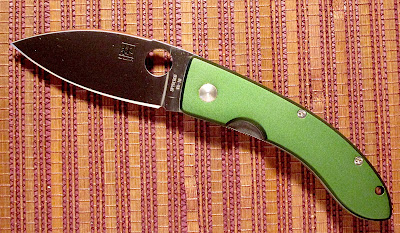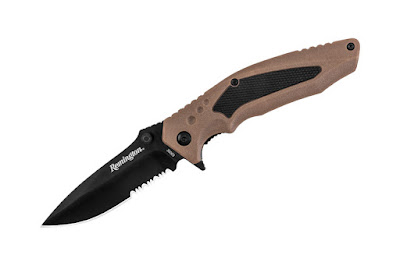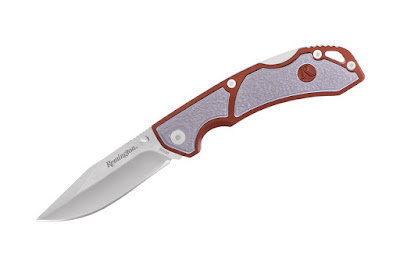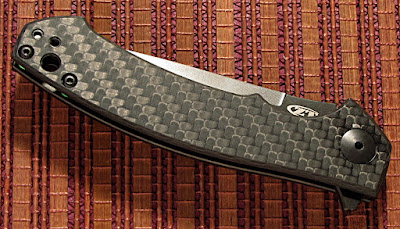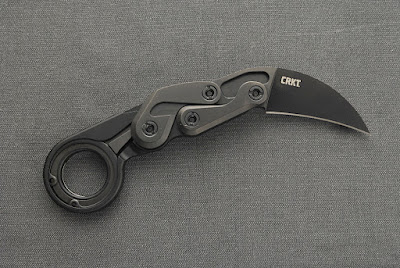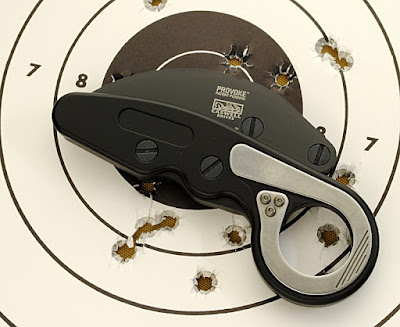Happy St. Patrick’s Day!
I thought I would do something in
green to commemorate the saint that drove the snakes out of Ireland and caused
so many others to see them.
It was October 2002 and Knives Illustrated
published my very first knife article. It was about the green handled Spyderco
Lum. I wonder what I would say now if I
was writing the article.
 |
| 2002 cover with my article, and no, I didn't make the cover. |
I’d tell you more about the
steel. Its Japanese steel designed by Takefu
Special Steel Co. Ltd aimed at Japanese chefs.
But since the steel is cooked with 1% carbon, 15% chromium, 0.2%
vanadium, 1.5% cobalt, and spiced with 0.5% manganese and 1% molybdenum, it was
soon popular with many knife companies.
At the time it was a super-steel
but now is considered simply really good steel.
It compares well with ATS-34 and 154CM but the higher vanadium levels
produce smaller grain size and better stain resistance and toughness. We’re talking edge retention improvement
here. Spyderco told me the hardness was
in the 58-60 Rc range. The blade was
offered as a plain edge as mine was or fully serrated.
The blade is a flat grind with a
tapered leaf shape associated with many of Lum’s designs. The green Almite-coated handle is chamfered
to soften both the looks and provide a comfortable grip. The knife is set up for right carry with an
option to alternate between tip-up and tip-down. I’m a big fan of tip-up carry so I never
changed it.
 |
Almite is an anodic oxidation
process of aluminum with very good hardness.
Bob Lum was born and raised in
Astoria, Oregon and between hunting and fishing and his work as a freelance photographer he developed a keen eye for blade shapes and edges. He started making knives in October 1976 and
is considered the popularizer of the "tanto" style which he based on
older classic Japanese style. The
interest in tantos has not faded. They
have generated a love-hate interest in the knife community and will remain an
important blade option.
 |
| Bob Lum's chop. A nice touch of class. |
Lung cancer took Bob on December 4,
2007 at age 64.
Shakespeare wrote “..the good is
often buried with their bones.” He is
wrong in this case. Many of Bob’s
designs and sketches are still being uncovered and sold to top end knife
companies. His son and wife are involved
with producing his ideas and you can find them at http://www.boblumknives.com/welcome.html
I still carry my Lum. It has become a dress knife and I wear it for
weddings, funerals and anytime I need to notch up my attire beyond business
casual. Spyderco still has Lum designs,
but if you want a green Lum Chinese folder, you’re in for a search. Good Luck!
